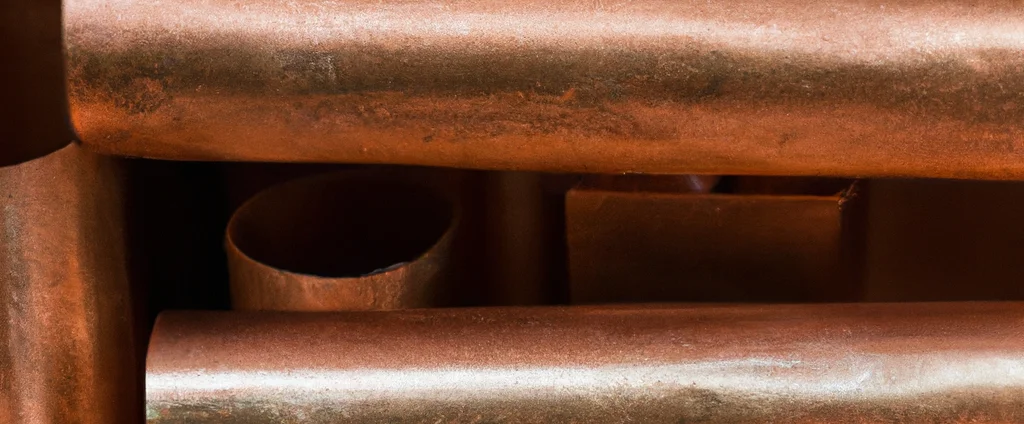Beryllium Copper (UNS C17510)

Beryllium copper C17510 is a high-performance alloy renowned for its unique combination of high strength, excellent electrical conductivity, and thermal stability. It is widely used in demanding electrical and mechanical applications.
| Chemical Composition | ||
|---|---|---|
| Element | Min | Max |
| Copper | 97.2% | 98.4% |
| Beryllium | 0.2% | 0.6% |
| Nickel | 1.4% | 2.2% |
The following table provides a list of beryllium copper C17510 properties in both SI and US customary/Imperial units.
Click on the button to switch between Metric and Imperial units.
| Physical Properties | Metric |
|---|---|
| Density | 8770 kg/m3 |
| Mechanical Properties | Metric |
| Tensile Strength (Ultimate) | 310 - 890 MPa |
| Tensile Strength (Yield) | 120 - 750 MPa |
| Shear Strength | 210 - 500 MPa |
| Young’s Modulus (E) | 131 GPa |
| Shear Modulus (G) | 51 GPa |
| Elongation at Break | 10% |
| Poisson’s Ratio (ν) | 0.27 |
| Thermal Properties | Metric |
| Melting Point | 1040 - 1080 °C |
| Thermal Conductivity | 210 W/m·K |
| Specific Heat Capacity (Cp) | 420 J/kg·K |
| Coefficient of Thermal Expansion (αL) | 1.76×10-5 1/°C |
| Electrical Properties | Metric |
| Electrical Conductivity | 2.78×107 S/m |
| Electrical Resistivity | 3.8×10-8 Ω·m |
The values in this table are approximate and can vary depending on various factors such as the specific manufacturing process and heat treatment applied to the alloy.
Advantages & Disadvantages of Copper C17510
| Advantages | Disadvantages |
|---|---|
| High strength | High cost |
| Electrical conductivity | Toxicity |
| Thermal conductivity | Machinability |
| Wear resistance | Limited availability |
| Corrosion resistance |
Applications of Copper C17510
Beryllium copper C17510 finds applications in various industries where a combination of high strength, conductivity, and thermal stability is required. Key applications include:
- Electrical Connectors: Widely used in electrical connectors, terminals, and contact springs. Its high strength and conductivity make it suitable for applications that require reliable electrical connections, such as connectors in electronic devices, automotive components, and telecommunications equipment.
- Springs and Contacts: The excellent spring properties make it ideal for applications where resilience and durability are essential. It is commonly used in springs, switches, and electrical contacts in industries such as aerospace, automotive, and electrical equipment.
- Bearings and Bushings: Its wear resistance and high strength make it suitable for applications requiring sliding or rotational motion, such as bearings, bushings, and thrust washers. These properties help minimize friction and extend the lifespan of components in machinery and equipment.
- Heat Sinks and Thermal Management: Due to its good thermal conductivity, it is used in heat sinks and thermal management solutions. It efficiently dissipates heat in electronic devices, power modules, and heat exchangers, helping to prevent overheating and maintain optimal operating temperatures.
- Oil and Gas Industry: Utilized for components exposed to corrosive environments and high pressures. Common applications include downhole tools, drilling equipment, valve seats, and connectors due to its corrosion resistance, high strength, and wear resistance.
- Aerospace Industry: Used in connectors, contacts, and electrical components of aircraft and spacecraft. Its properties make it suitable for demanding environments that require high strength, conductivity, and resistance to wear and corrosion.
- Automotive Industry: Found in various automotive components, including electrical connectors, terminals, and springs. It provides reliable electrical connections, withstands mechanical stress, and offers resistance to wear, making it valuable in automotive applications.
